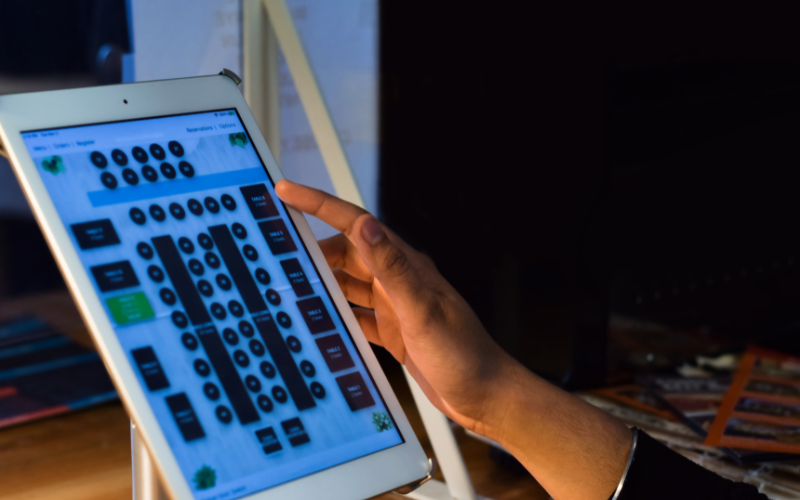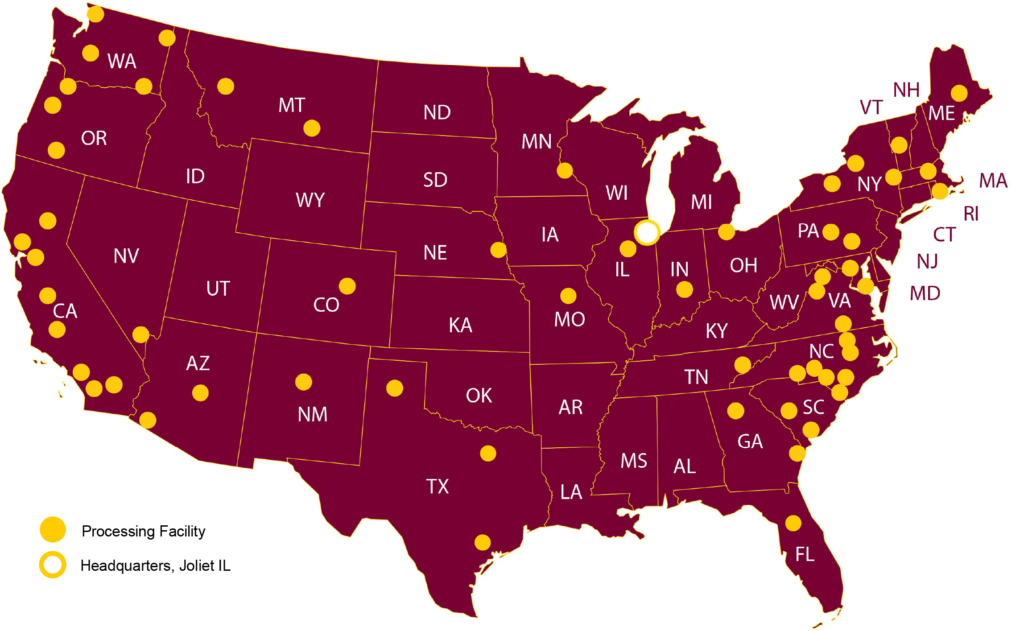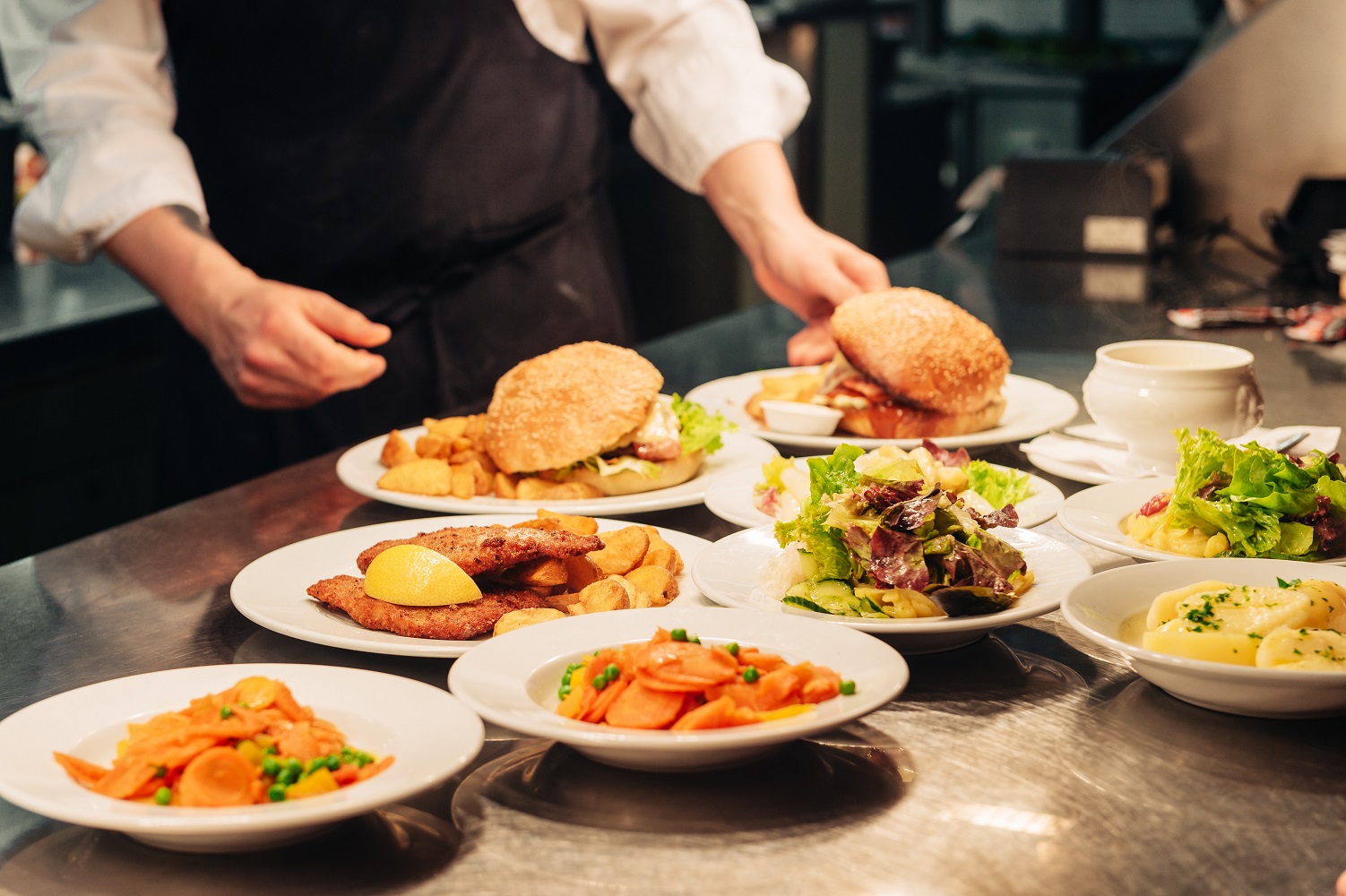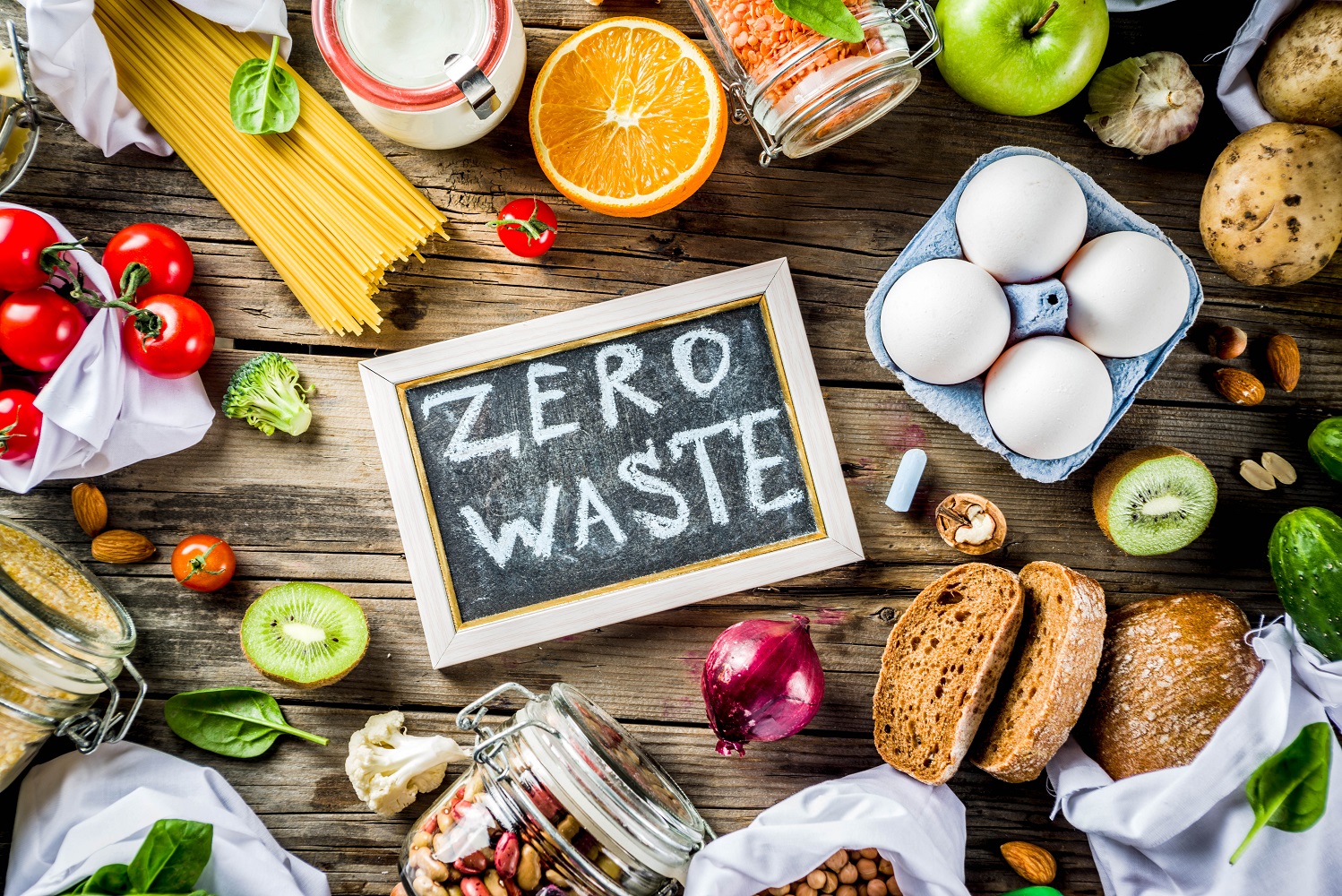
Technology is steadily advancing into every industry, including the food industry. Restaurants are increasingly relying on automation to make up for shortages and enhance the speed of service for customers and employees alike. Here’s how restaurants achieve this notable goal.
Why is automation important?
Today, the restaurant industry faces numerous challenges: labor shortages, supply chain disruptions that began and intensified during the Covid-19 pandemic, and rising costs. Introducing automation into a commercial kitchen’s workflow reduces many of the problems associated with these ongoing issues.
Beyond reducing operational costs and reducing the number of restaurant employees, automation serves additional benefits. It can be used to prevent or eliminate errors, for instance. Automation also reduces waste, optimizes operations, and creates greater efficiencies in the commercial kitchen.
What are the automations that restaurants rely on?
Many automations are currently delivering exceptional benefits to restaurants that use them. Although each restaurant differs, some types of automation can be used across the board. The following are 12 automations that restaurants successfully incorporate into their daily operations.
1. Digital Menu Boards
Hand-lettered chalk menu boards are charming but cost a restaurant time and skill. Instead, restaurants that use digital menu boards quickly update them to reflect daily specials and holiday menu items. Apps, websites, tablets, and social media conveniently display digital menu boards.
2. Self-Ordering Kiosks
Self-ordering kiosks in fast-food restaurants offer multiple benefits, from saving on labor costs to reducing errors in ordering. Upselling products is easily achieved as the kiosks can be programmed to show similar options; as a result, this type of automation can lead to increased sales.
3. Automated Table Reservations
Fine dining establishments that utilize automated table reservations allow customers to make their reservations. Restaurant employees can spend more time on other tasks as they do not need to sit by the phone to make reservations. Features include digital floor plans and options to maximize management.
4. Digital Menus
Digital menus eliminate the need for restaurants to print, distribute, and regularly clean paper menus. Since the Covid-19 pandemic, customers have been scanning QR codes to bring up digital menus. While this form of automation is cost-effective, some customers still prefer paper menus.
5. Cloud-Based PoS Systems
A point of sale (PoS) system sends customer orders and completes the transaction so diners can pay their bill. A cloud based PoS system improves the accuracy of orders and transmits them swiftly to the kitchen. It flags slow and busy times too, so that managers can adjust staff accordingly.
6. Self-Service Ordering
Placing tablet-like devices on tables allows customers to order and check out without the need for a server. Large chain restaurants frequently incorporate this automation, but smaller establishments can, too. Offer the option to order through a server for customers who aren’t comfortable with this technology.
7. Robotic Kitchen Staff
Kitchen robots are useful in restaurants that sell a high number of specific products, such as French fries or burgers. Flippy is a robotic burger flipper already in use in some fast-food kitchens. Robotic cooks streamline operations and reduce staffing costs.
8. Kitchen Displays
Front-of-house staff communicate with back-of-house staff far more efficiently when a restaurant uses a kitchen display. Orders (both online and inside the restaurant) are automatically displayed on the screen so that kitchen employees begin filling them immediately. Mistakes are also reduced.
9. Automated Inventory Management
Manual inventory counts that keep track of ingredients and supplies are time-consuming. Busy restaurant managers who use an automated inventory management system, however, know at a glance the supplies they need to order. Many PoS systems come with inventory management.
10. Staff Scheduling Software
Running a restaurant comes with a major expense: labor. Scheduling employees is difficult when a clear pattern of busy and slow times does not appear. Scheduling software, however, tracks sales to find patterns and automates staffing, thereby streamlining employee management processes.
11. Accounting Software
Automate financial tasks, like calculating labor cost percentages and profit margins, with accounting software. Managers do not need to hire an accountant when this type of software allows them to track expenditures, profits, and other important numbers that are necessary to run a restaurant successfully.
12. Automated Grease Disposal
Collecting and disposing of used cooking oil is a hazardous job that can be better handled by automation. Automated cooking systems transfer the used cooking oil from the fryer to a cooking oil container. It’s a solution that is effective, safe, and less time-consuming for many restaurants.

Automation makes operating a commercial kitchen easier and more cost-effective. Not only are customers satisfied but employees experience the benefits, too. When you need a reliable company for used cooking oil recycling after it’s transferred to the receptacles, choose Mahoney Environmental.
Our customer-service-oriented specialists arrive at your establishment, pick up the used cooking oil, and send it off to be recycled and turned into renewable fuels. Regular pickups ensure your restaurant remains safe, clean, and efficient. We also deliver fresh cooking oil so that your kitchen has a constant supply.
Cooking oil inventory can be automated when you join our Preferred Oil Program. Not only are deliveries scheduled but your oil usage is monitored online. Restaurant managers use their cooking oil more efficiently as a result. Plus, our technicians install and maintain cooking oil equipment.
Mahoney Environmental offers to design and install automated systems, like our Direct Connection system that feeds used cooking oil into it. Managers have convenient options, such as indoor systems and heated outdoor bulk containers, that help improve kitchen safety and efficiency and reduce waste.
Restaurants that appreciate value find it when working with Mahoney Environmental. Our cooking oil disposal process increases kitchen safety, improves sanitation, and reduces the total cost of frying. We’ll customize a program that fulfills the unique needs of your commercial kitchen.
At Mahoney Environmental, we are proud to serve food establishments across the country including Atlanta, Austin, Baltimore, Baltimore, Boston, Chicago, Cleveland, Columbus, Dallas, Denver, Houston, Indianapolis, Kansas City, Los Angeles, Louisville, Memphis, Miami, Nashville, New Orleans, New York, Oklahoma City, Orlando, Philadelphia, Phoenix, Raleigh, San Diego, San Antonio, Seattle, Tampa, Tucson, Washington DC and the surrounding areas. Call us at 800-892-9392.



 Call Us Now (800) 892-9392
Call Us Now (800) 892-9392